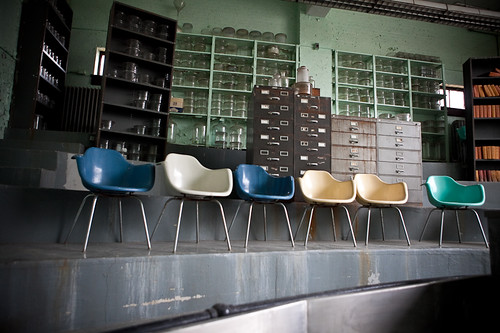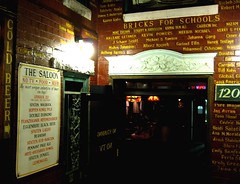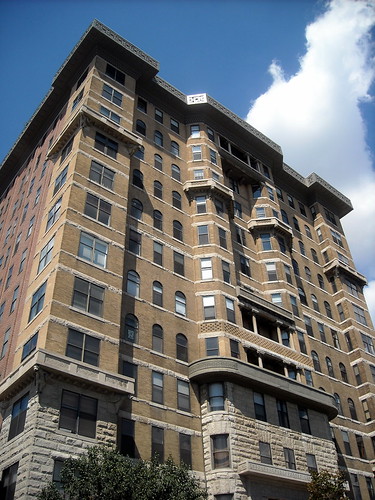
‘St Elisabeth’s Hospital – Autopsy is also a spectator sport’
courtesy of ‘spiggycat’
While poking around through the We Love DC Flickr pool this morning, I ran across spiggycat’s set of photos from a recent tour of St. Elizabeth’s Hospital in Anacostia. Since that was the second time in the space of a week someone mentioned touring St. Elizabeth’s, and since I know pretty much nothing about it, AND since my day job is into its 2nd straight day of technical issues that are preventing me from accomplishing anything, it seemed like a good time for self-education-by-Google.
St. Elizabeth’s was founded in 1855 as the Government Hospital for the Insane, headed by Dorthea Dix, and intended to care for patients from the Army, Navy, and District of Columbia. But the Civil War soldiers in treatment there didn’t like telling people they were in a hospital for the insane, so they referred to it by the old colonial name of the land the hospital sat on, St. Elizabeth’s. It wasn’t until 1916 that Congress got with the program and renamed the hospital officially.
Continue reading

